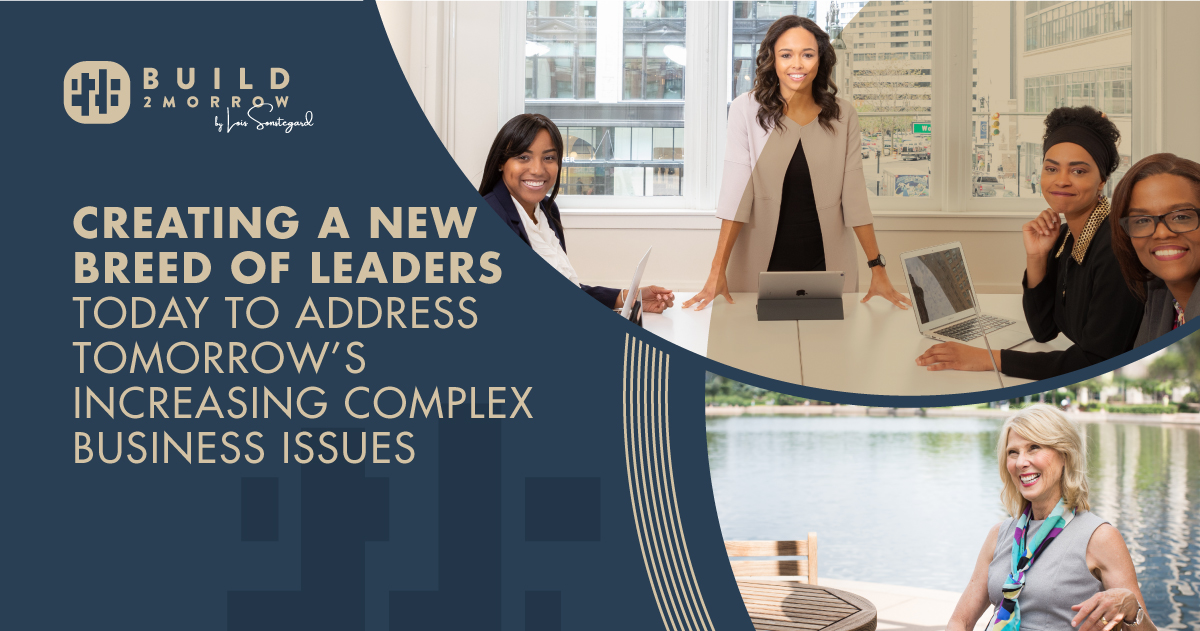“An organization’s ability to learn,
and translate that action into learning rapidly,
is the ultimate competitive advantage.”
(Jack Welch, former CEO, General Electric)
We live in a world that’s different from the world of our parents and grandparents. As the world changes, so do our customers, and so must we. Changes bring issues that past generations never had to deal with – chief among them, corporate social responsibility.
Concerns like environmental protection, employee well-being, and community welfare are all part of corporate social responsibility. It’s really nothing new. In fact, we find the roots of corporate social responsibility with steel magnate Andrew Carnegie who wrote that “the goal of businessmen is to do well in order to do good.” As society makes a business successful, that business has a responsibility to give back to the community its part of.
It’s not surprising, then, that today more organizations support programs to address corporate social responsibilities. For some organizations, this requires substantial change and the need for a new breed of leaders.
Are we prepared to help create these new leaders? Hiring based on skill and emotional intelligence doesn’t give us the best gauge of a potential leader’s social consciousness. They may have the know-how and the skills to lead their corporations to success, but most admit to feeling inadequate and unsure about radically changing the way things are run.
How can you help these emerging leaders develop an other-centered outlook?
First, immersion. Experiential learning is one of the best ways to expand a leader’s outlook. Seeing and experiencing the way other people live can help enhance a new leader’s understanding and expand a narrow vision of the world. Universities and the best executive leadership programs have started to incorporate this into their corporate strategy courses. Their goal: Help leaders recognize that they don’t work within a bubble, but within an overall system that they’re part of.
Second, valuing human capital. Firing current employees to introduce new blood into a corporation may generate short-term gains but will be detrimental to company morale in the long term. Before you can ask your people to look outward and be concerned about the world and community outside themselves, show that you value your own people first. Top-down leadership no longer works. Insights — and maybe even that turning point that will change a whole company’s viewpoint — can come from anyone at any level of the organization. To make progress, each employee must feel heard and valued. Equally important, when employees feel a responsibility toward their co-workers, their social perception grows.
Today’s leaders have the unenviable job of fulfilling their company’s social responsibility goals, which may conflict with meeting shareholder demand for an improved bottom line. This is why most companies start with environmental concerns … because going green can help a company save money while helping the environment at the same time.
Effective leaders need to be guided by the company’s vision. What does the organization value? What legacy does it want to leave? A measurable, impactful vision can help guide corporate leadership into the future.
To be effective, leaders also need to be open and willing to rock the boat for a short time. Legacies start and end with people. When you care deeply about others and their welfare, your impact on their lives will encourage them to carry on your vision even long after you’re gone.

